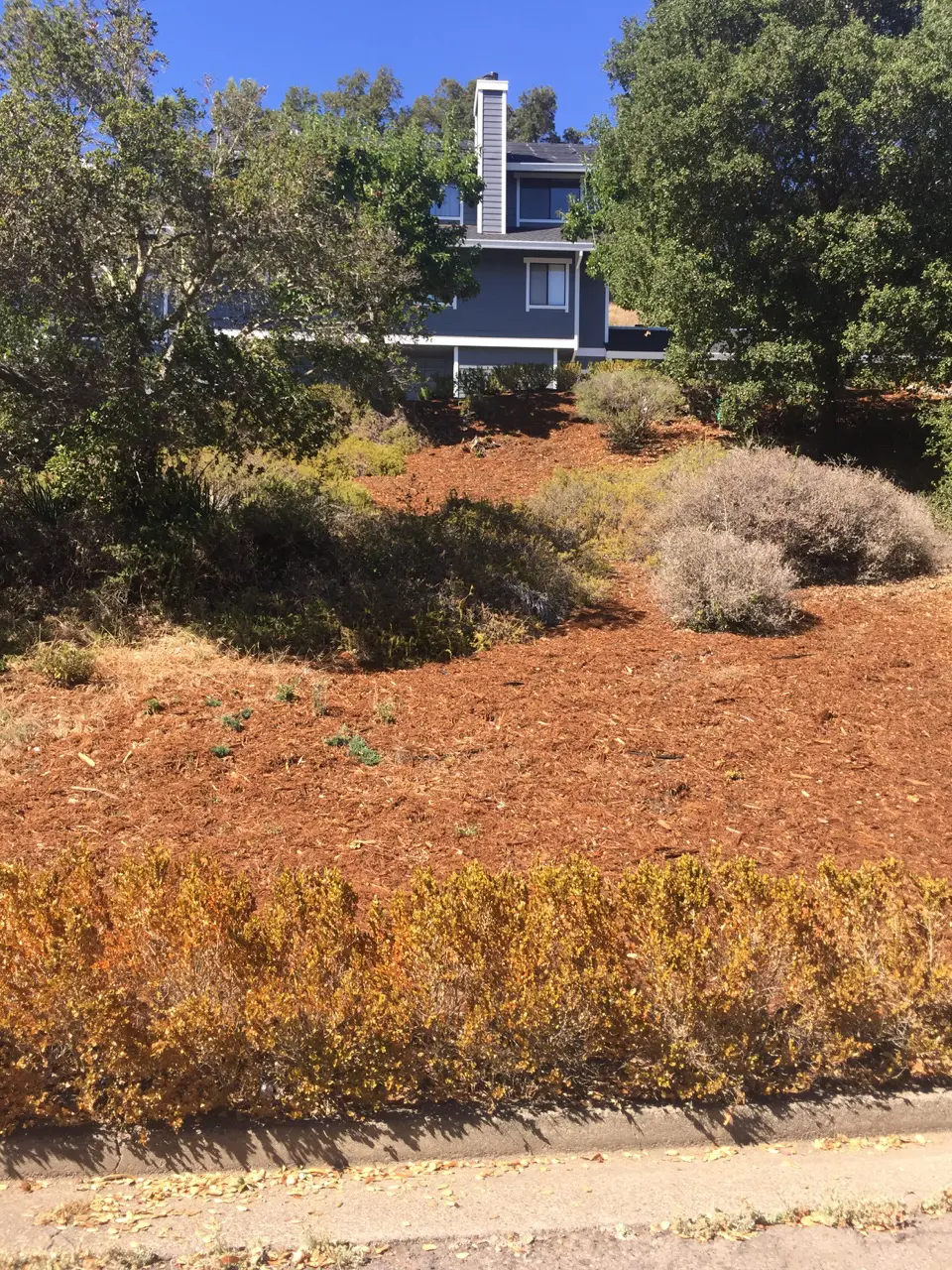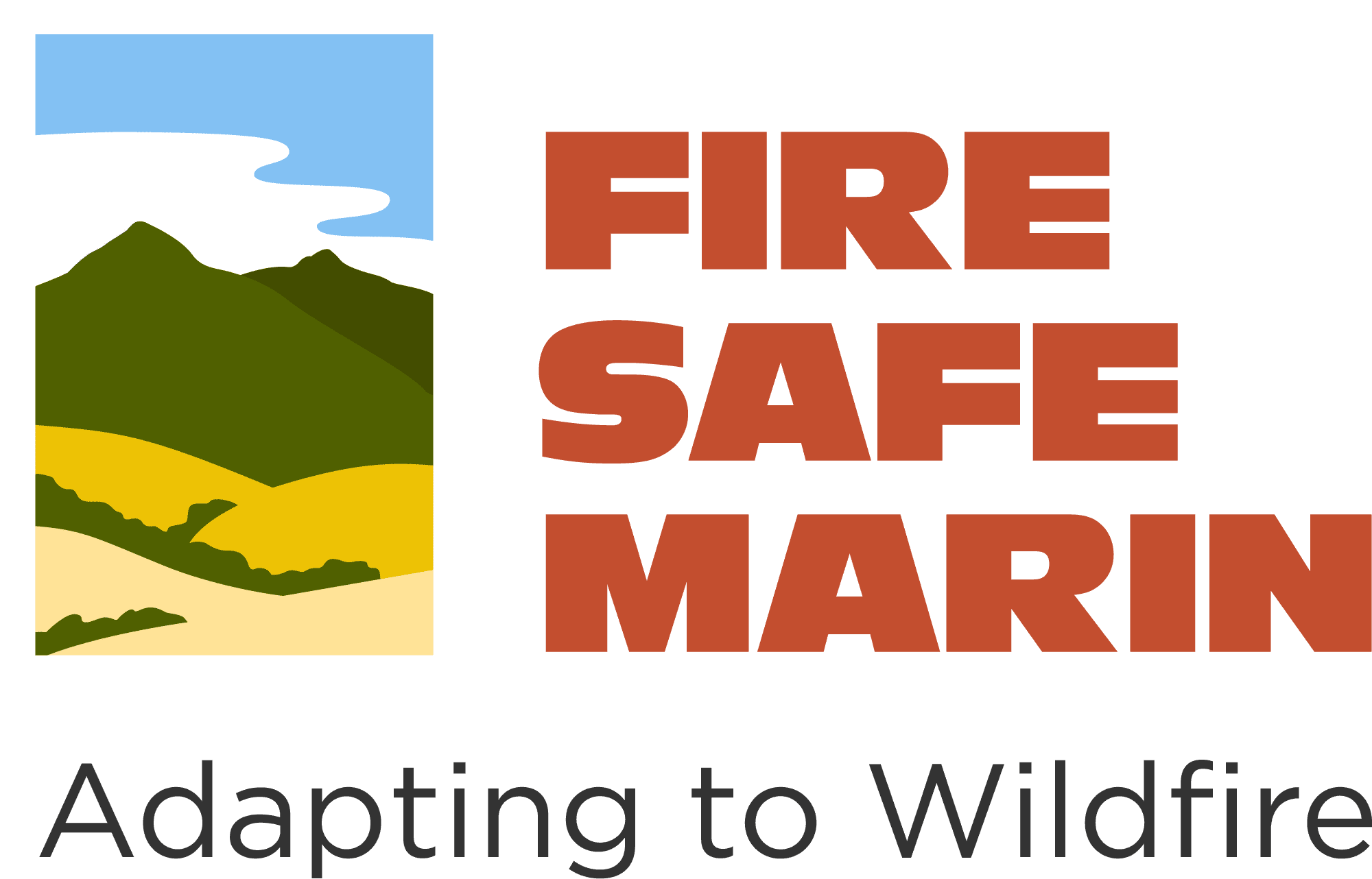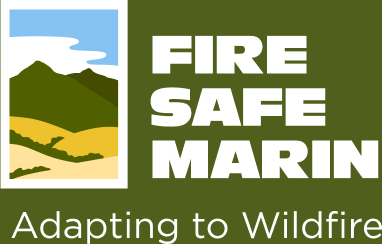
A third of homes in California are located in areas prone to wildfires, according to data from the U.S. Forest Service, a startling statistic that helps explain the fires that destroyed hundreds of homes in the state over the weekend.
More such devastation is likely as people continue to build houses close together in areas vulnerable to wildfires and the blazes themselves become more common as a result of prolonged droughts and higher temperatures partly blamed on global warming, Forest Service and climate data show.
The federal agency, in its latest report, estimates that 4.5 million homes in California are built in areas designated as the “Wildland-Urban Interface” (WUI), where developments are built very close to forests.
California wildfires destroyed more than 750 houses and hundreds of other buildings in the past week, according to CalFire, the state firefighting agency. The Valley Fire, located near Sacramento, has already been one of the most destructive this year, CalFire said.
U.S. FOREST SERVICE REPORT:Check the risk of fires in your state
At Fire Safe Marin, we know that thousands of Marin homes are at risk of destruction by wildfire, and the risk is growing. September and October are the most precarious months in a normal year, and 2015 is not “normal.” The record drought has dessicated vegetation, and water conservation efforts by Marin homeowners, while important to conserve water in our reservoirs, have left many homes surrounded by dead or dying ornamental vegetation. During inspections, marin firefighters are finding many ornamental plants that are normally fire resistant are now dead. If you’ve let your garden go to conserve water, please remove the dead plants now before a fire does it for you!







